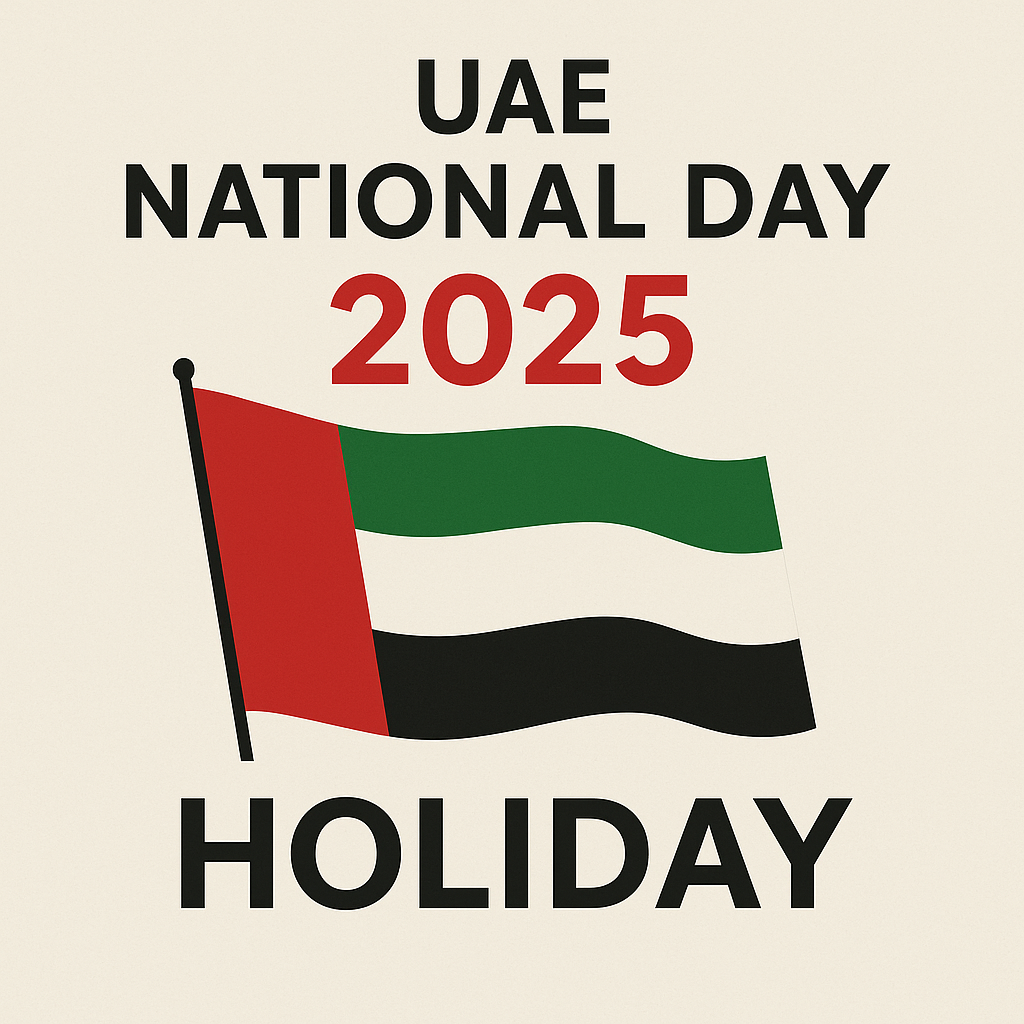Abu Dhabi property hits Dh94b surge and the next shift may reshape 2026 prices

Nov 18, 2025Source
Dubai: Abu Dhabi’s real estate market is heading into 2026 with renewed momentum, underpinned by record trading activity, deepening foreign investment, and a broad shift toward lifestyle-led communities that continue to pull buyers into the capital’s fastest-growing districts. Fresh data from the Abu Dhabi Real Estate Centre shows transaction values climbing to Dh94 billion during the first nine months of the year, a 43.3% jump from the same period in 2024. The surge reflects a market that is expanding in both scale and sophistication, with developers, investors, and homebuyers responding to stronger fundamentals and a cycle driven by liveability rather than speculative flipping.
Transaction growth signals an inflection point
ADREC data shows that the market recorded 29,400 transactions between January and September, up 48% year-on-year. Sales and purchases accounted for Dh61.8 billion through 16,887 transactions, while mortgage activity added Dh32.2 billion across 12,666 deals. The breadth of activity signals balanced participation from end-users and invested capital, supported by a policy environment increasingly focused on transparency and data-driven oversight.
“These results affirm the strength of Abu Dhabi’s real estate market fundamentals and the maturity of its investors,” said Engineer Rashed Al Omaira, Acting Director General of ADREC. He added, “With greater transparency, reliable data, and effective regulation, the sector continues to create real economic value reflected in a 9% increase in its non-oil GDP contribution to Dh21.9 billion in H1 2025 compared with Dh20.2 billion a year earlier. This alignment between policy, performance, and productivity is what continues to define Abu Dhabi’s real estate success story.”
The construction sector echoed the trend, posting a 10% rise to Dh57.5 billion in value contribution. Combined, the real estate and construction sectors accounted for Dh79.5 billion in non-oil GDP during the first half of the year, equal to nearly a quarter of Abu Dhabi’s diversified economy.
Growth corridors set the tone for the next cycle
Looking ahead, industry executives expect the next phase of Abu Dhabi’s property cycle to be shaped by growth corridors that have become synonymous with quality, connectivity, and long-term lifestyle appeal.
According to Tatiana Tonu, CEO of Object 1, these zones will be central to the city’s residential expansion.
“Yas Island is evolving into a self-contained entertainment and employment hub, while Saadiyat Island’s cultural and ecological appeal continues to drive premium demand. Al Reem Island, now within the ADGM Free Zone, is attracting strong investment interest across the mid- to high-end segment. Al Ghadeer offers affordability with connectivity, appealing to end-users priced out of the core islands. Combined, these areas create a balanced ecosystem that supports long-term capital growth and lifestyle diversity,” she said.
With over 6,600 transactions recorded in the third quarter alone, up 79% year-on-year, demand continues to outpace supply in parts of the capital, particularly in the mid-tier segment. Tonu sees this dynamic carrying into 2026 as new handovers arrive and the development pipeline widens.
“The next 12 months will see steady, rather than speculative, growth. Developers are well-placed to capture this momentum through well-planned communities in Reem, Yas, and Saadiyat Islands. New handovers will stabilize prices but not reverse the upward trajectory in sought-after corridors,” she said.
A widening premium for waterfront and lifestyle communities
One of the strongest markers of the current cycle is a widening rent and price premium for waterfront and lifestyle-centric neighborhoods. Saadiyat Island, Yas Island and Al Raha Beach continue to lead the market, with rents in these zones reaching up to 30% above inland districts.
Get In Touch
Latest Blogs

Dubai: Can a landlord charge different rents to tenants of the same building?

UAE National Day 2025 Holiday Dates and Schedule

Dubai defies global slowdown to become world’s strongest luxury hub, Visa report shows

